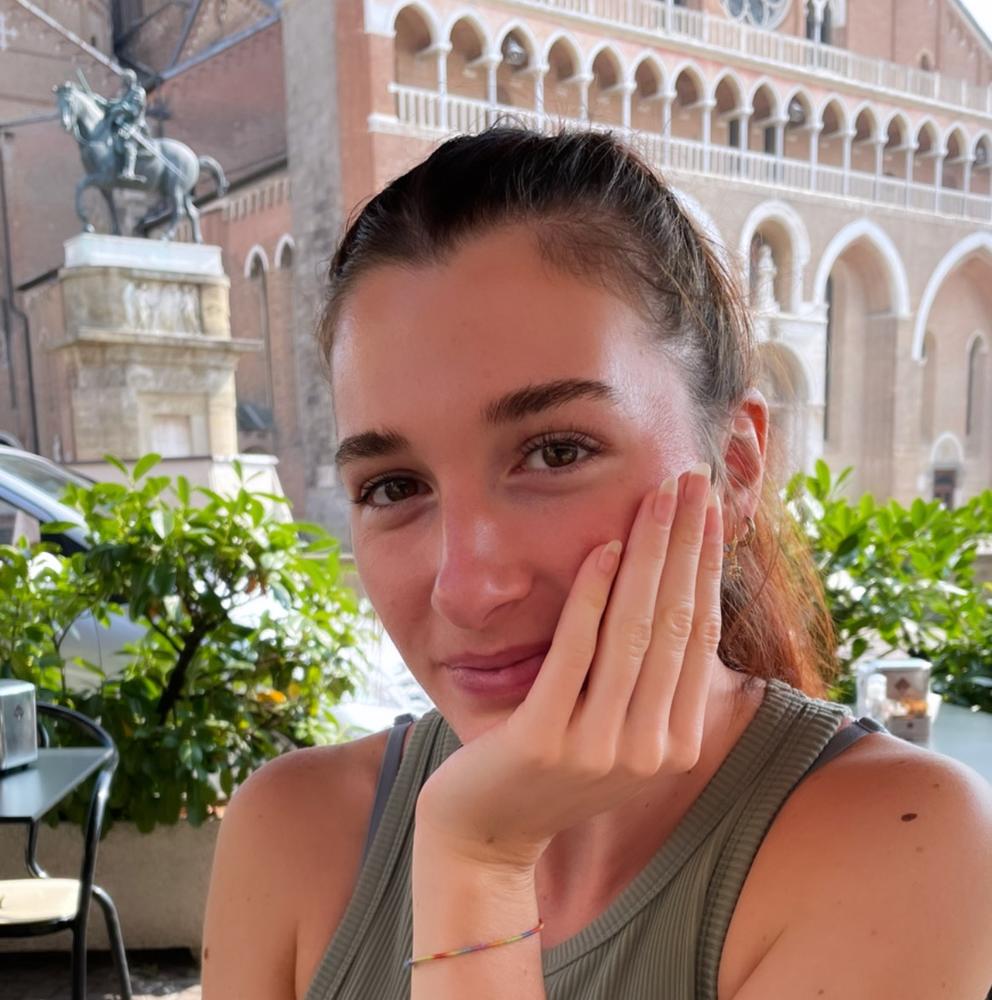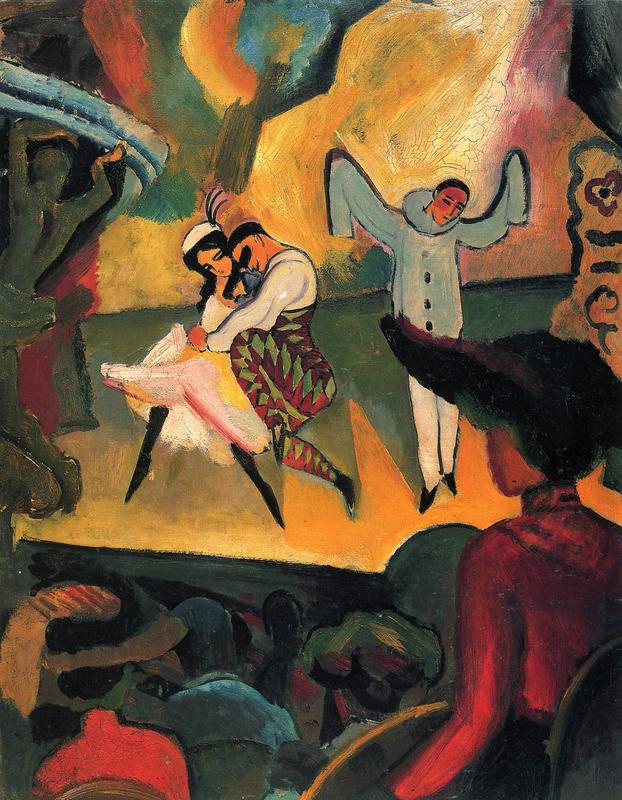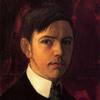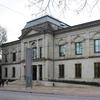More about Russian Ballet I

Contributor
Russian Ballet I is one of the few artworks left behind by August Macke, a fallen soldier.
August Macke was a part of the avant-garde artistic group called ‘Der Blaue Reiter’ (The Blue Rider). It was founded in Munich, Germany by Wassily Kandinsky. According to him, the art produced by the group was expressionist because it didn’t care about portraying the real appearance of things. Rather, the artists painted the world as they understood it through their individual minds and emotions. Kandinsky famously said that form was not important, and art mattered as long as it was “created by the vibrations of the soul.”
Well, young August was on board with this idea until he had a bit of beef with Kandinsky, who decided not to include one of his works in their Blue Rider exhibition in 1912. I mean, I’d be mad too. He even went as far as to say that “a tabletop is more mystical than all his (Kandinsky’s) paintings. They don’t ring for me anymore.” Honestly, I don’t think anyone in history has ever told Kandinsky off, so go August!
It was around the same time that Macke painted Russian Ballet I. He was living in Paris at the time, and the Russian Ballet company was performing there, too. The scene depicted is from a ballet called Harlequin’s Millions, created by the headmaster of the Russian Imperial Ballet, Marius Petipa. What we see here is Harlequin courting his love interest, Columbine, while Pierrot, the sad clown in white, has given up on trying to stop them from seeing each other (an order given to him by Columbine’s father). But thinking back to that Kandinsky quote about vibrating souls, it doesn’t really matter what is being shown to us. What matters is how it makes us feel...and how Macke felt while painting it.
Macke paints from the point of view of the audience — he is literally one of the crowd, surrounded by other spectators. This makes it clear that he really wants us to see the scene through his eyes. There’s a lot happening here — the audience members seem to be stacked on top of each other in a very shallow space, literally pressed against the stage. The stage itself isn’t too big either, which gives the overall scene a very cramped, tight atmosphere. The walls are made of jagged diagonals that appear as if they were falling down onto the stage. In fact, everything is sort of on a diagonal — there’s literally no straight line.
Macke cleverly used this composition to transmit to us the feeling of urgency, like everything is moving, falling, and spinning in a tight space, similarly to a fellow German artist, Ernst Ludwig Kirchner in his painting Street Berlin. It all feels very exaggerated. In fact, it is! Because this way, Macke can really force us to feel some kind of way. At the same time, though, the character’s faces are simplified to just a few lines for the mouth, nose, and eyes. This makes them look like masks that hide their true identity.
While we may not know who these people really are, we can read their expressions easily. Pierrot, in particular, is quite easily readable, with his head hanging down, and eyes and eyebrows tilted downward. His arms are raised as if he has given up, full of melancholy and disappointment, while Harlequin’s mischievous smile foretells no good. This kind of bitter outlook on life, seeing individuals as hidden behind the masks they put up, is typical of the pre-World War I era in Germany. All of this tension would culminate in the outburst of World War I, which left a deep scar on the way people saw life and society in general.
Sadly, poor August would never live to see the brighter days, as he was killed in combat during the first month of the war at age 27.
Sources
- Meisner, Nadine. Marius Petipa, The Emperor’s Ballet Master. New York City, US: Oxford University Press, 2019.
- Murphy, Richard. Theorizing the Avant-Garde: Modernism, Expressionism, and the Problem of Postmodernity. Cambridge, Cambridge University Press,1999.
- Risdon, Peter. “August Macke (1887–1914) and Franz Marc (1880–1916) in London.” The British Art Journal 18, no. 2, 2017, pp. 56–59. URL = http://www.jstor.org/stable/26450364.
- Schultz, H. Stefan. “German Expressionism: 1905-1925.” Chicago Review 13, no. 1, 1959, pp. 8–24. URL= https://doi.org/10.2307/25293491.











